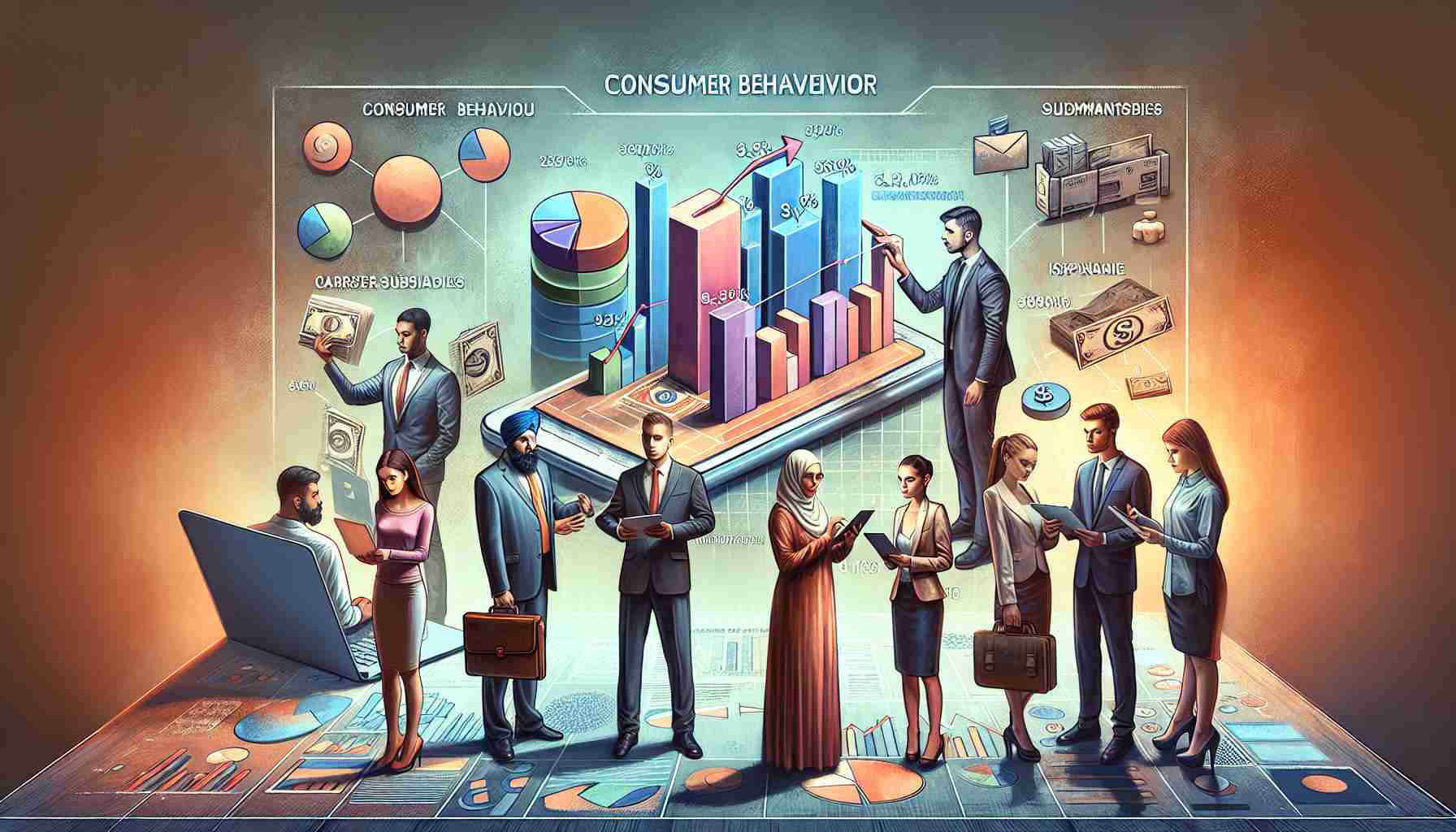Many individuals tend to own mobile phones that come with significant discounts provided by their mobile carriers. This subsidy model creates a unique scenario where consumers exhibit less sensitivity to price changes when purchasing or upgrading their devices. Similar to essential services like healthcare or mandatory school uniforms, the attractiveness of subsidized phones keeps demand steady, irrespective of market fluctuations.
The relationship between carriers and consumers illustrates how subsidies can influence purchasing habits. When a phone is heavily discounted, it transforms into a more appealing option, leading consumers to prioritize these devices over competitors, regardless of potential price increases. This dynamic suggests that pricing strategies employed by carriers play a pivotal role in shaping consumer behavior.
Moreover, this inelastic demand indicates a broader trend in the market. For many consumers, the need for communication tools often outweighs the concerns associated with price, thereby establishing a significant resilience in demand. As a result, carriers may strategically continue offering discounts to maintain a competitive edge, ensuring that consumers remain loyal to their brand.
Ultimately, understanding this consumer behavior in response to carrier subsidies is crucial. It helps explain why the mobile phone market operates differently from other sectors, as consumers prioritize accessibility and utility over strict price considerations.
The Dynamics of Consumer Behavior and Carrier Subsidies in the Mobile Market
As mobile technology continues to evolve, the relationship between consumer behavior and carrier subsidies remains a critical topic of discussion. Recent trends highlight not only how subsidies influence purchasing decisions but also the broader implications for the mobile telecom industry.
What are the primary effects of carrier subsidies on consumer behavior?
Carrier subsidies typically lead to an increase in demand for devices, as consumers often view the upfront discount as an opportunity for greater savings. This not only facilitates access to premium devices but also encourages frequent upgrades. For instance, studies have shown that when carriers offer substantial subsidies, consumers are more likely to switch providers or renew their contracts, driven by the allure of acquiring the latest technology without incurring the full price.
What are the key challenges associated with carrier subsidies?
One of the significant challenges is the potential for a distorted market where manufacturers justify higher retail prices due to the expectation of subsidies from carriers. This relationship can lead to inflated prices when consumers are detached from the true cost of the device. Furthermore, it raises ethical questions surrounding the transparency of pricing and whether consumers fully understand the trade-offs—such as locked contracts that may span years—associated with low initial costs.
Are there controversies related to consumer dependency on subsidies?
Yes, one notable controversy is the dependency that consumers may develop on subsidies, creating a cycle of consumerism that encourages continual upgrading rather than thoughtful purchasing. Some argue this model fosters a throwaway culture, whereby consumers transition to newer models without fully appreciating the longevity or functionality of their existing devices.
What are the advantages and disadvantages of carrier subsidies?
The advantages include increased access to high-end devices for a broader consumer base, fostering brand loyalty among carriers due to the perceived value of subsidized pricing, and driving competition that can lead to innovative products. Consumers benefit from reduced upfront costs and the ability to pay for devices over time, manageable within their monthly bills.
On the downside, the disadvantages encompass the risk of consumers becoming locked into long-term contracts, potentially hindering their freedom to switch carriers or adapt to better market offers. Additionally, the inflated prices in the absence of subsidies can deter cost-sensitive individuals from entering the market or lead to significant debt for those who overextend their budgets based on perceived savings.
In conclusion, the complex interplay between carrier subsidies and consumer behavior reveals critical insights into how pricing strategies influence purchasing trends in the mobile market. As consumers navigate these dynamics, understanding both the advantages and challenges will empower them to make informed decisions.
For more information on consumer behavior and carrier subsidies, you can visit mobile telecommunications insights.












